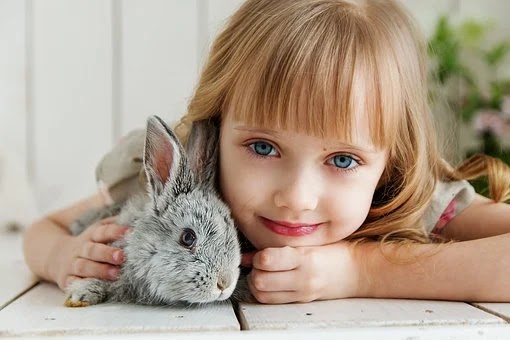Shared Facial Expression Mechanisms in Human Face-to-Face Pareidolia
Release Date: July 7, 2021https://doi.org/10.1098/rspb.2021.0966
Explanation
Facial expressions are essential for social communication, but the underlying mechanisms of why they are important are unknown.
The illusory faces perceived by objects (facial pareidolia) have been attributed to errors in face detection that arise from human face processing and several neural mechanisms. However, it is unclear whether the representation of illusory faces involves the same mechanisms as human faces.
In this study, we used the serial dependence paradigm to investigate whether illusory faces and human faces share a common representation mechanism.
Even though the visual features of the images of facial pareidolia were very different, from the participants' point of view, the representations of the faces were reliably assessed. And they showed a positive continuous dependence on the perceived facial expression.
That is, illusory faces (happy or angry) were perceived as more similar in expression to the previous face. This suggests that illusory faces and human faces are involved in a similar mechanism of temporal continuity.
Finally, we found a robust cross-domain serial dependence of the perceived representation between illusory and human faces when interleaved.
The results support a shared facial expression mechanism between human and illusory faces and show that expression processing is not tightly bound to human facial features.





